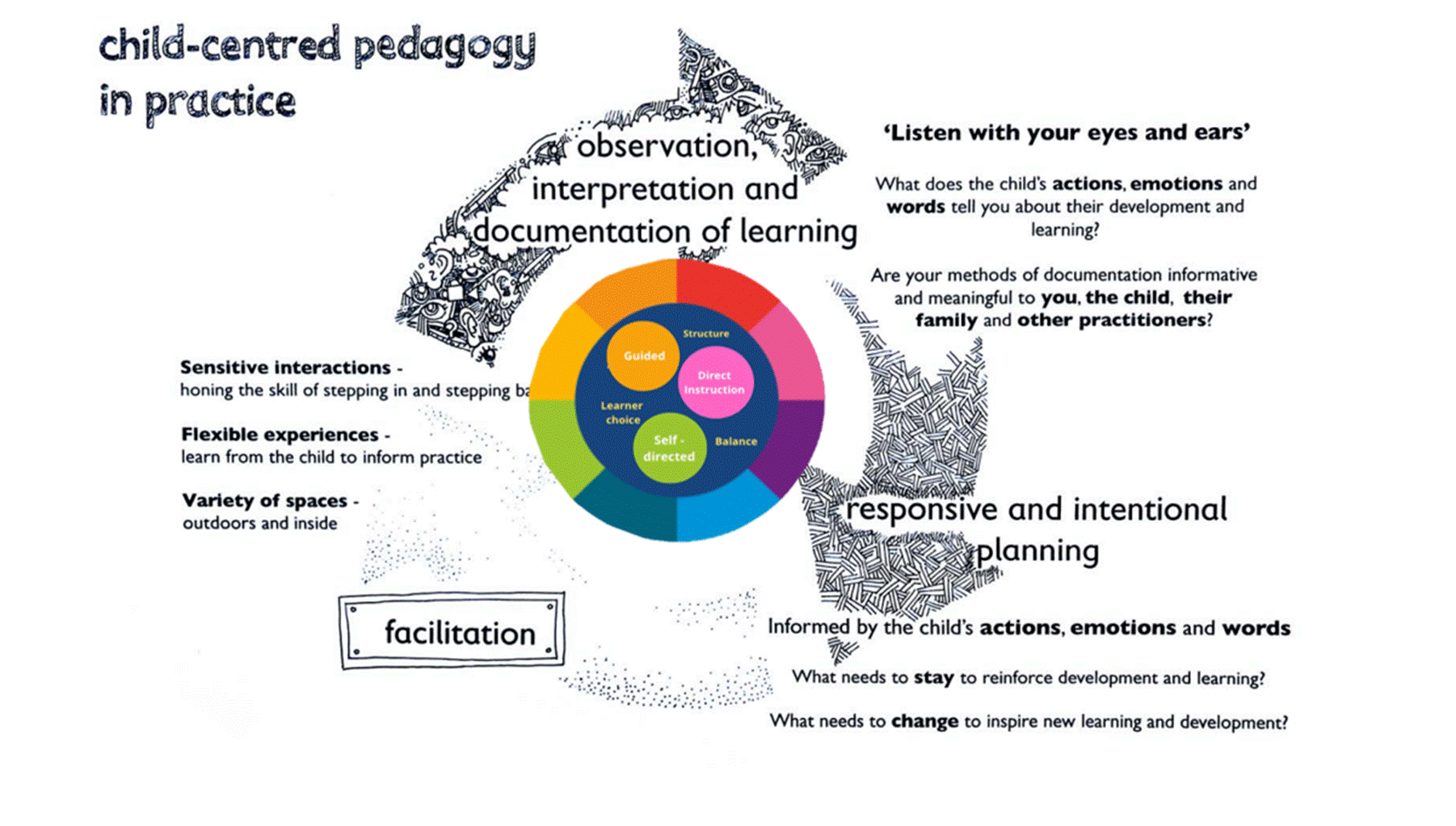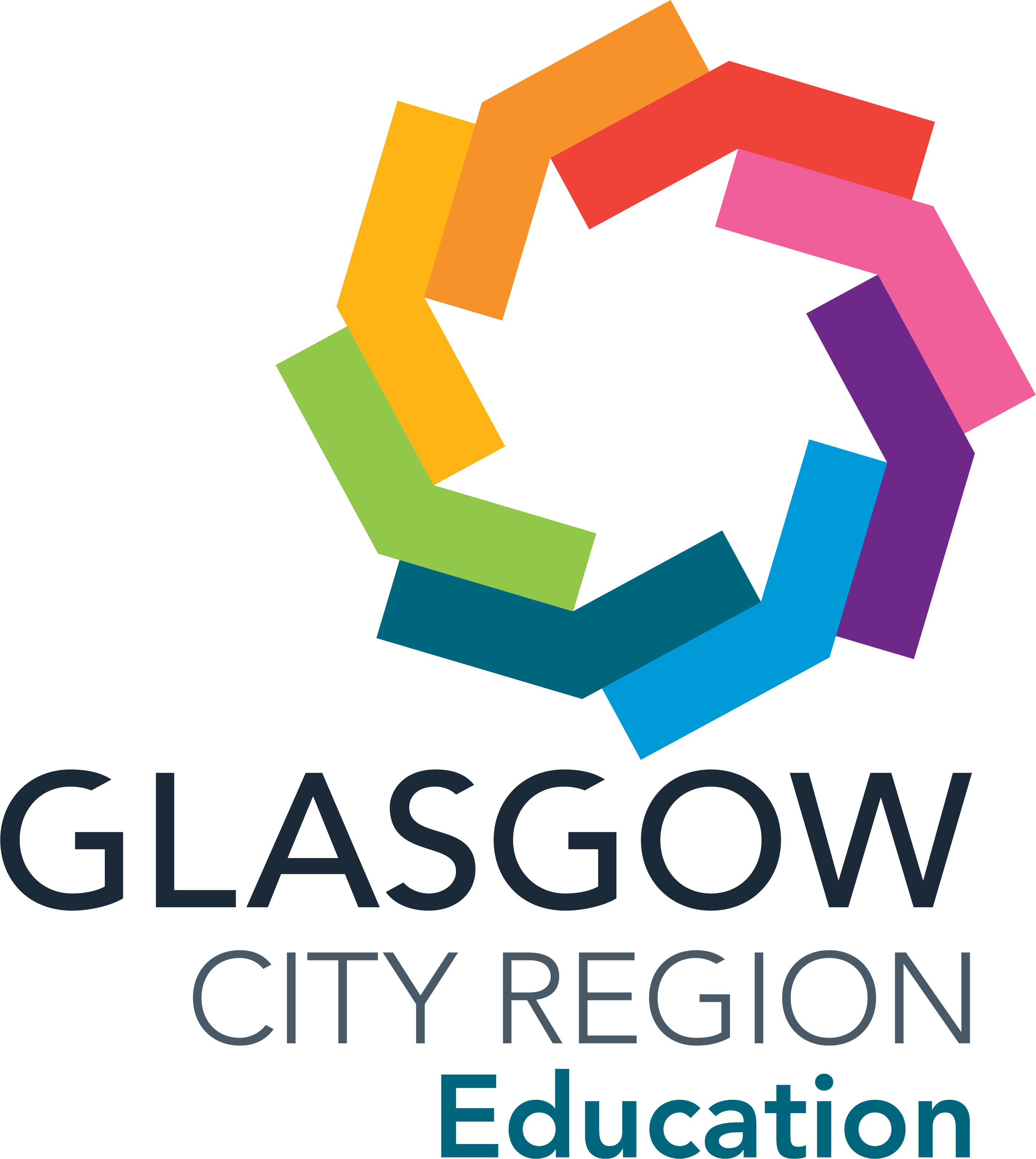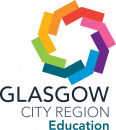Child-Centred Pedagogy in Practice
“Achieving a consistent pedagogical approach across the ELC sector and the early primary stages should be a key aspiration. Regular planning discussions between practitioners across both sectors and with children themselves would help to improve continuity of experience and learning. Moyles (2015) argues play pedagogy values children’s contributions to their own learning and offers opportunities for children to take ownership of their learning.” (RtA 2020:47)
Realising the Ambition demonstrates how learning can be facilitated “through a cyclical process of responsive and intentional planning, which includes observations, interpretation and documentation of learning, responsive and intentional planning and facilitation”. (RtA 2020:47)

(RtA 2020: 48)

Observation
Observation, interpretation and documentation of learning
“Observation can be seen as noticing and trying to interpret what the child’s actions, emotions and words mean in terms of what they are learning.
We can observe what they are mastering and what they still need help, guidance and practice with. Our role includes noticing what the child does and how this might be changing over time.” (RtA 2020:65)
Practitioners will observe children while they are engaged in a wide range of
activities and in a variety of learning contexts. When observing children ask yourself:
What did I notice?
What does this tell me?
What will I do now?
Features of highly effective practice
• High quality observations take place naturally during everyday activities and interactions.
• We use our knowledge of how children learn, for example schema, when making observations of children and as a basis for future planning.
Key Takeaways
• Observation is essential to tune into each child’s interests, strengths and needs.
• It is an important part of the planning and assessment cycle.
• Observations can take many forms, it’s what you do with it that matters.
Observation, assessment and planning video - https://youtu.be/VUFBCoPX-sA
Stella Louis on Improving Observations in the Early Years | The Famly Interview
Reflective Questions
How do we know that all children are making very good progress in their learning? What information do we already have and what do we still need to find out?
How well do we support practitioners in undertaking their role in evaluating children’s progress?
Further Reading
Fisher, J (2013) Starting with the Child: Teaching and learning in the Foundation Stage (fourth edition), Wiltshire: Open University Press.
Froebel Trust Pamphlet on Observation
Bruce, T., Louis, S., & Mccall, G. (2015) Observing Young Children Sage

Planning
Responsive and intentional planning
Informed by the child’s actions, emotions and words.
What needs to stay to reinforce development and learning?
What needs to change to inspire new learning and development?
As adults we use a mix of responsive and intentional planning to ensure learning experiences are relevant and meaningful to our learners.
Realising The Ambition
“We provide both responsive and intentional learning for children in our day-to-day practice. By this we mean that we constantly respond to the needs of young children alongside planning and implementing intentional experiences to help them develop their skills, knowledge and understanding of the world around them.” ... “A child-centred approach to planning learning will help the child connect each new discovery to what they already know.”
(RtA 2020: 63)
As part of the planning process practitioners need to consider:
- What needs to stay to reinforce development and learning?
- What needs to change to inspire new learning and development?
“It is important then that practitioners and teachers provide, through responsive and intentional planning, a blend of child-initiated and adult-initiated learning experiences. The emphasis should be on child-centred play pedagogy to ensure continuity in children’s curriculum experiences.” (RtA 2020: 52)
Effective planning is informed by observations of children’s developing interests, skills and understandings.
The skill of the early years educator is in planning appropriately for both adult-led and child-led learning to take place alongside each other.
Assessment should be an integral part of learning and teaching used to plan high quality learning for all children.
A balance of responsive and intentional planning provides suitable experiences that connect with and extend children’s interests and motivations.
Reflective Questions
How do we ensure that our processes for planning, assessment and reporting are manageable and effective in improving learning and teaching?
How well does the information we gather about children’s progress inform our planning and improvement?
How well does our curriculum planning meet the needs of different groups of children?
How flexible and responsive are practitioners in their approach as they encourage children to discuss and plan their learning, enjoy their successes and share their achievements?
How well does planning reflect children’s ideas and interests and show how practitioners respond to and promote children's creativity, inquiry and curiosity.
Further Reading
Bryce-Clegg, A (2013) Continuous provision in the early years. Featherstone Education
Ephgrave, A (2018) Planning in the Moment with young childrenRoutledge
Fisher, J (2013) Starting with the Child: Teaching and learning in the Foundation Stage (fourth edition), Wiltshire: Open University Press.
The Learning Environment


Begins to be developed as a baby and continues as we grow.
Helps us organise ourselves, plan ahead, move from one task to another and cope with change.
Takes practice and support to develop and adults have a key role in supporting this.
Interactions
“Interactions are central and key to successful play pedagogy” (RtAP46)
“Remember that your interactions with the child are a key aspect of the
learning environment. Carefully consider when to step in and when to step back” (RtAP65)
“Interactions matter. They matter to babies and young children, they matter to practitioners, they matter to learning and development” (Julie Fisher, Interacting not Interfering).
Key Takeaways
• Tune in to the child –Wait Watch & Wonder
• Be at the child’s level and make eye contact
• Use techniques like open-ended questions and sustained shared thinking
• Model good thinking skills
• Share experiences
• Give the child time to listen, process and reply
• Ensure the environment is Language Communication Friendly
Reflective Questions
How well do practitioners encourage children’s curiosity by using higher-order questions and making comments to extend children’s thinking and understanding?
How do practitioners challenge and support for example creativity and problem solving with young children?
How do they engage in discussion and what examples are there of this working well in practice?
To what extent do all practitioners have a sound understanding of the importance of play and their role in supporting children’s play experiences?
Reflect on the current balance of adult and child initiated learning experiences. Are both leading to progress? What could be improved?
Further Reading
Fisher, J (2016) Interacting not Interfering: Improving interactions in the early years Open University Press.
Ephgrave, A (2018) Planning in the Moment with young childrenRoutledge
Julie Fisher, All About Interactions
Explore Further
Quality Interactions early Years
EYFS Communication and Language –Interactions

‘Each individual is unique, and has the power to express himself in his distinctive way… Each person, each child has a particular gift which will become visible if circumstances are right and freedom for expression is given.’
(Liebschner 1992;36)
Experiences
The experiences and spaces for play we facilitate for the children should reflect the children’s ideas, aspirations, curiosities and next steps in their learning. It is through play that children learn about themselves and make sense of the world around them. (RtA 2020:49)
Developing the right balance between child-initiated, adult initiated and adult-directed experiences, will depend on the uniqueness of the needs of each setting’s children and wider contexts; including the cultural environment in which children learn and play. (RtA 2020:49)
It is through the experiences that we offer children that they will develop the key aspects of: then have the 3 bullets above, wellbeing then add in
Executive function
Self-regulation
Then movement etc
We also need to consider the valuable learning experiences within our responsive routines and ensure that children's schemas are reflected in the experiences we offer.
Some aspects of what I need from my Learning Environment -Experiences:
• Wellbeing
• Movement and coordination
• Confidence, creativity and curiosity
Create flexible experiences –learn from the child to inform practice
Reflective Questions
• How useful or affording are the experiences outside and inside the classroom?
• Can and do children use the experiences they have on offer in different ways to test and explore their theories?
• What opportunities are available for children to engage with concepts and foster skills for learning, such as reasoning, creativity and problem solving.
• Does the choice of experiences on offer reflect of open-ended possibilities?
• What is the balance of self directed, guided and direct instruction play and experiences?

“Thinking and learning are in part developed through talk. Curriculum vocabulary, questioning, using descriptive language, reporting previous experience, planning, predicting future events, reasoning and/or explaining, imagining and instructing all contribute to children’s learning. These ways of using language are established initially through social interaction and conversation with other people and, as children mature, they develop into the skills required for discussion, negotiation, argument and debate.”
(Locke and Beech, 2005)
Spaces
The learning environment in the early stages of primary school should not look or feel starkly different from a motivating ELC environment. The level of provocation might be greater, the interaction might be more challenging, and the experiences on offer might be different, but the school environment should be conducive to learning through play.
Thought needs to be given to the opportunities that different learning spaces provide. Use creative solutions to provide a variety of spaces for the children. Observe how the children use and interact with the outdoor and indoor spaces available and respond to their actions.
(RtA 2020: 46)
Key Takeaways
Continuous provision describes all of the different provision areas, outdoors and indoors, that are available for the children to use every day. How this is planned, resourced, valued and used can impact positively, or negatively, on children’s engagement, independence, collaboration, self-confidence, resilience, and curiosity. Well-planned continuous provision, based on observations of a child’s learning and development, can provide increasingly challenging and valuable learning opportunities.
Make as much space as possible, consider what is necessary, e.g., do all children need a desk and chair at the same time? Could desks double up as art areas, etc?
Start with the child –what are they interested in, what will they naturally want to do? Create clearly defined zones with resources that earn their place –what are the learning opportunities?
Organise resources carefully and make them accessible to the children.
Make the different areas look inviting and attractive, show that you value play and respect the resources, modelling how spaces and resources are used and looked after.
Alice Sharp Podcast - Episode 1 | Creating enticing physical spaces with Olivia Kirkby
Alice Sharp Podcast - Episode 15 | Creating engaging play spaces with Mariana Carazo
Reflective Questions
How well do our spaces ensure that children are provided with rich, relevant experiences to enhance their play and practise skills, explore the world around them and develop knowledge and understanding in their own way and in their own time?
To what extent do we provide innovative and creative opportunities for children to experience high quality play both indoors and outdoors?
To what extent do our learning environments support different types of play?
How well are children enabled to select and make use of high-quality resources and equipment including digital technologies?
How well does our indoor and outdoor space support creativity, curiosity or inquiry? How well are natural materials and open-ended resources used to support sensory play, exploratory play and creativity?
Further Reading
The Upcycled Playground-Love Outdoor Learning
Fisher, J. (2008) Starting from the Child. Open University Press.
Botrill, G (2018) Can I go and play now? SAGE Publications Ltd
Ephgrave, A. (2013) The Reception Year in Action Routledge.
The content of this website is based on the information from the Realising the Ambition: Being Me (2020). Realising the Ambition (RtA) is the national practice guidance for Early Years (0-8) in Scotland This website also uses images from Realising the Ambition. RtA can be found on the Education Scotland Website here: Realising the Ambition | Resources | National Improvement Hub (education.gov.scot)



